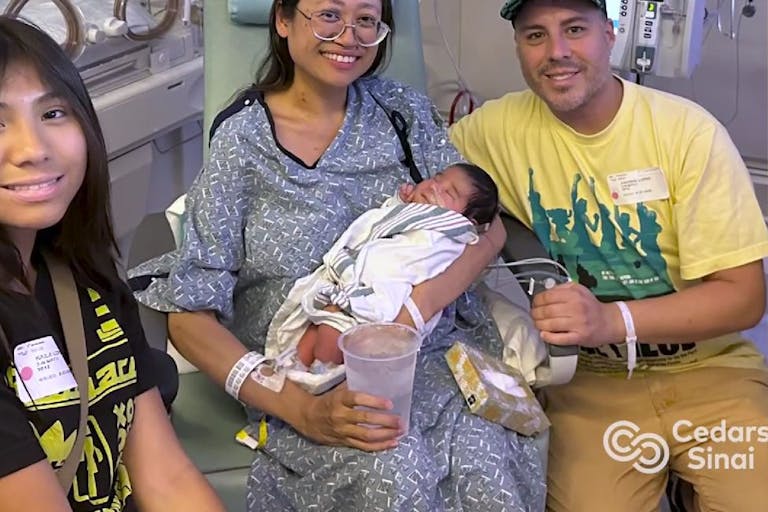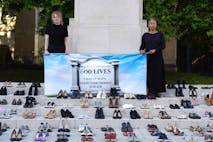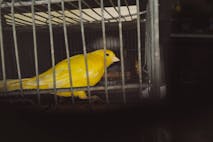
Full term 'miracle' baby born after 'unprecedented' ectopic pregnancy
Bridget Sielicki
·
Bridget Sielicki
·
Analysis
Angeline Tan
·
International
Bridget Sielicki
·
International
Angeline Tan
·
Guest Column
Mark Lee Dickson
·
Analysis
Cassy Cooke
·
400k+ Readers Strong & Growing
News & Commentary from
A Pro-Life Perspective
As the news arm of Live Action, we educate the public and advocate for preborn rights by providing timely, accurate, and compelling news and stories about the pro-life movement.

Analysis
Angeline Tan
·
International
Bridget Sielicki
·
International
Angeline Tan
·
Guest Column
Mark Lee Dickson
·
Analysis
Cassy Cooke
·
International
Cassy Cooke
·
International
Angeline Tan
·
International
Bridget Sielicki
·
Guest Column
Dave Andrusko
·
Guest Column
Elizabeth Sutcliffe
·
Politics
Cassy Cooke
·
Politics
Bridget Sielicki
·